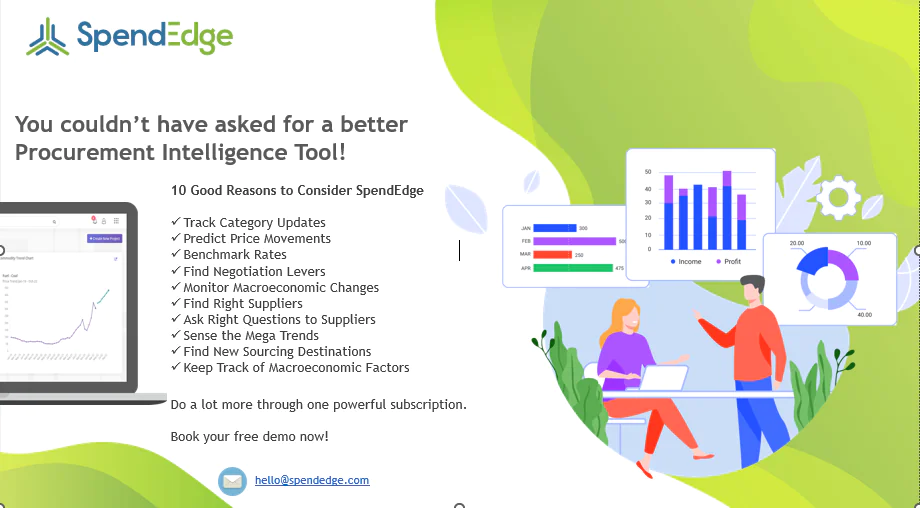By: Manpreet Kaur
In today’s interconnected global economy, businesses rely heavily on efficient and transparent supply chains to ensure smooth operations and competitiveness. One crucial technique in managing these complex networks is supply chain mapping. This process provides a detailed visual representation of the entire supply chain, from sourcing materials to delivering the final product to the consumer. By illustrating each step and the entities involved, supply chain mapping offers numerous benefits, including risk assessment and improved collaboration among stakeholders.
What is Supply Chain Mapping?
Supply chain mapping is the process of documenting and analyzing the flow of goods, information, and finances as they move from the initial supplier through various intermediaries to the final consumer. This comprehensive visualization helps businesses understand each component of their supply chain, including suppliers, manufacturers, warehouses, distribution centers, and retailers.
Stages of Supply Chain Mapping
Supply chain mapping typically involves several stages, each crucial for a thorough understanding of the supply chain’s dynamics:
- Data Collection and Mapping Current Processes: Gather detailed information about all the entities involved in the supply chain. This includes suppliers, manufacturers, warehouses, distribution centers, and customers. Document current processes, workflows, and relationships between different entities in the supply chain. This may involve creating flowcharts or diagrams to visualize the existing state.
- Identifying Key Elements and Relationships: Identify critical components such as key suppliers, major products, transportation methods, and logistical hubs. Understand and map out the relationships and dependencies between these elements. This includes tracking how materials flow from one point to another and identifying any bottlenecks or constraints.
- Analyzing Data and Evaluating Performance: Perform a thorough analysis of the collected data to evaluate the performance of the current supply chain. Use key performance indicators (KPIs) to assess efficiency, cost-effectiveness, reliability, and responsiveness. This might involve looking at lead times, inventory levels, service levels, and costs.
- Identifying Areas for Improvement and Potential Risks: Based on the analysis, pinpoint areas where improvements can be made. This could involve optimizing routes, renegotiating supplier contracts, or investing in technology. Identify potential risks and vulnerabilities in the supply chain, such as supplier reliability, geopolitical issues, or natural disasters. Develop strategies to mitigate these risks.
Benefits of Supply Chain Mapping
Supply chain mapping offers numerous advantages that can significantly enhance business operations:
- Risk Assessment: One of the primary benefits of supply chain mapping is the ability to identify and mitigate risks. By understanding the entire supply chain using supplier intelligence, companies can proactively address potential disruptions and create contingency plans.
- Improved Collaboration: A well-mapped supply chain fosters improved collaboration among all stakeholders. Suppliers, vendors, and logistics providers can work together more effectively when they have a clear understanding of their roles and the overall process.
- Enhanced Transparency: Supply chain mapping provides visibility into every stage of the supply chain. This transparency is crucial for maintaining quality control, ensuring compliance, and building trust with customers and partners.
- Cost Reduction: By identifying inefficiencies and bottlenecks, businesses can streamline their operations and reduce costs. Optimizing routes, consolidating shipments, and negotiating better terms with suppliers are some ways to achieve cost savings.
- Value Chain Optimization: Finally, supply chain mapping aids in optimizing the value chain. By ensuring that each link in the chain adds value and operates efficiently, companies can enhance their overall competitiveness and customer satisfaction.
Conclusion:
Supply chain mapping is a vital tool for businesses aiming to enhance their efficiency, transparency, and resilience. By systematically identifying, visualizing, and analyzing the supply chain’s components and supply chain risk, companies can uncover inefficiencies, manage risks, and seize opportunities for improvement. The benefits of supply chain mapping extend beyond cost savings to include improved collaboration, customer satisfaction, and sustainability, making it an indispensable practice in today’s complex and interconnected business environment.





